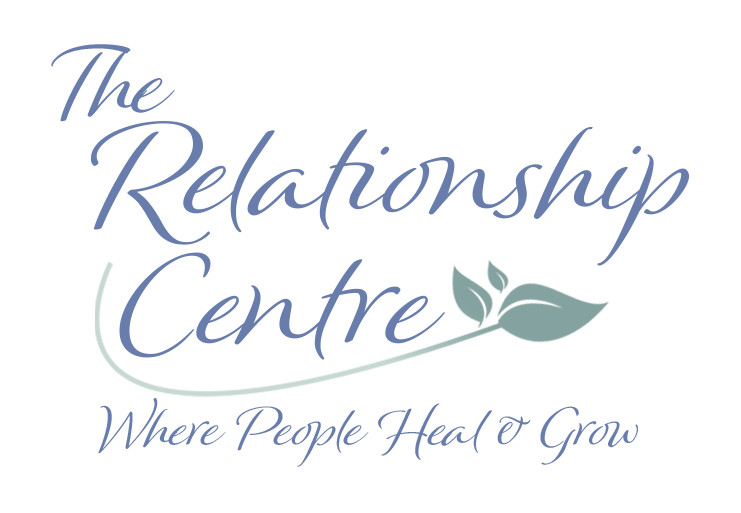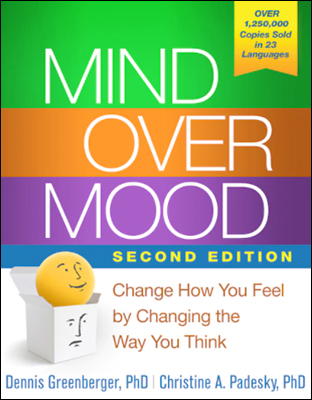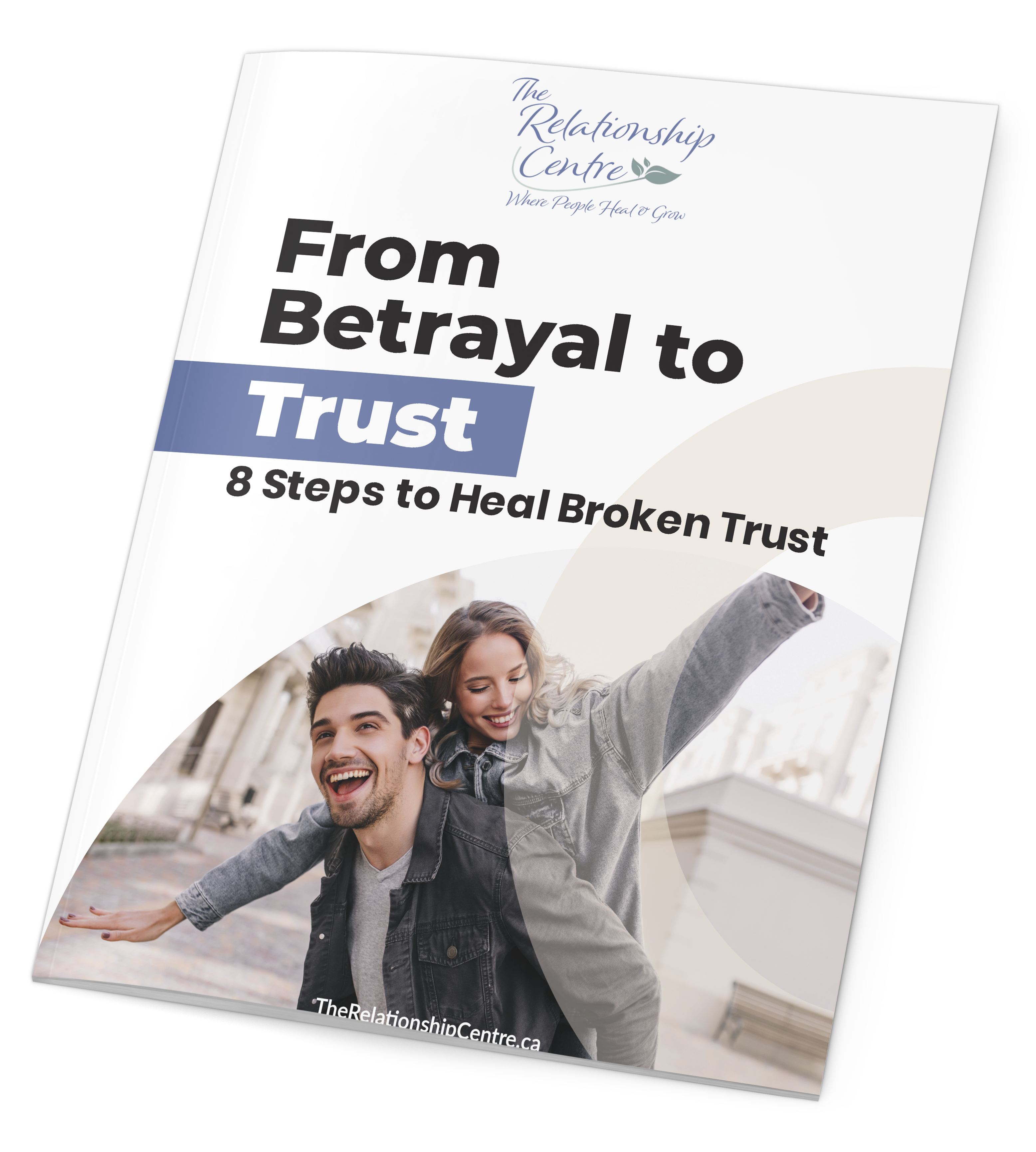If you struggle with anxiety, you know it can be sneaky. Whether you have a generalized anxiety disorder, social anxiety, or specific phobias, anxiety can strike out of nowhere. You might be perusing the aisles at the grocery store, taking your kids to the playground, or at work.
No matter where you are, the discomfort is the same. Its symptoms can take you completely off guard: racing heart, flushing, a sense of fear, trembling, and more. These aren’t symptoms that are necessarily easy to deal with in public.
With preparation, though, you can learn to manage anxiety when it creeps up on you.
Grounding Techniques
Many therapists recommend the use of grounding techniques in managing anxiety. These often draw upon steps to pull you back into awareness of your physical body and out of your head.
A popular one is the ‘5 Senses Grounding Technique’. With this technique, you can count on your fingers as you work through your senses: looking, feeling, listening, smelling, and tasting.
You might start with listing:
- Five things you can see
- Four things you feel in/on your body (clothes, a breeze, warm socks, etc.)
- Three things you can hear
- Two things you can smell
- One thing you can taste
As you focus on your physical surroundings with your entire body, you’re actually engaging in effective mindful awareness which serves to ground you in your present moment.
Escape Route
While it’s not wise to allow yourself to run away whenever you feel anxiety, sometimes you may need to take a small break. Perhaps you can excuse yourself to go to the restroom where you can practice deep breathing exercises or muscle relaxation techniques. If you’re at work, take a break for a quick walk.
Downloading audio-guided relaxation exercises onto your phone is another good option. You can carry earbuds or use Bluetooth headphones to discreetly listen to these calming scripts while shopping, exercising, taking a bathroom break, or hanging out at the playground. No one will know what you’re listening to.
Even if you can’t physically leave to gather yourself, you can still employ anxiety-reducing techniques in public. Quietly do the 5 Senses exercise described above. Discreetly tense and release your muscles as a way to jumpstart physical relaxation. You can do these without others noticing.
Cognitive Behavioural Actions
Cognitive Behaviour Therapy (CBT) is an effective, widely used approach used to treat anxiety. CBT helps you identify and challenge your thought patterns that contribute to your anxiety. You learn how to replace anxious-often unrealistic thoughts, with new thoughts that are less anxiety-provoking. CBT draws on the premise that we can change how we feel, based on changing what we think. And it really works.
A book recommendation has been included below to help you learn more about CBT.
You Can Manage Your Anxiety
With planning and practice, you can learn how to manage your anxiety when it ambushes you. Anxiety does not have to control your life. If you think you would like more assistance and direction in overcoming your anxiety, reaching out to a therapist is a great step. At The Relationship Centre, we have worked with many people to help them overcome their anxiety and move forward with confidence. Please call to learn more.
A Book We Recommend
Mind Over Mood: Change How You Feel By Changing The Way You Think
by Dennis Greenberger, Christine A. Padesky
Discover simple yet powerful steps you can take to overcome emotional distress and feel happier, calmer, and more confident. This life-changing book has already helped more than 1,200,000 readers use cognitive behavioural therapy, one of today’s most effective forms of psychotherapy to conquer: depression, anxiety, panic attacks, anger, guilt, shame, low self-esteem, eating disorders, substance abuse, and relationship problems.











